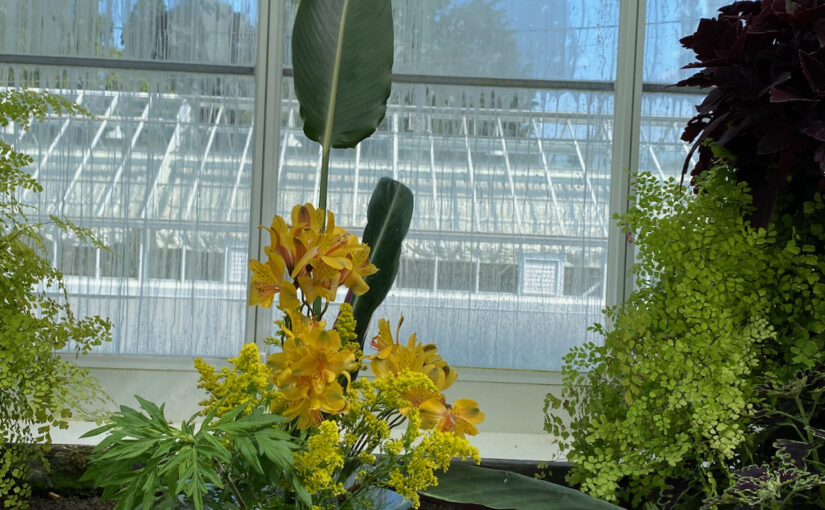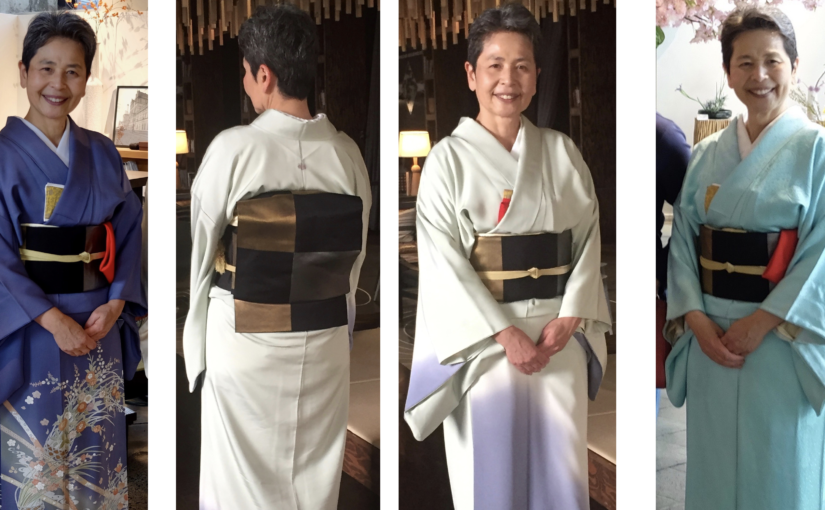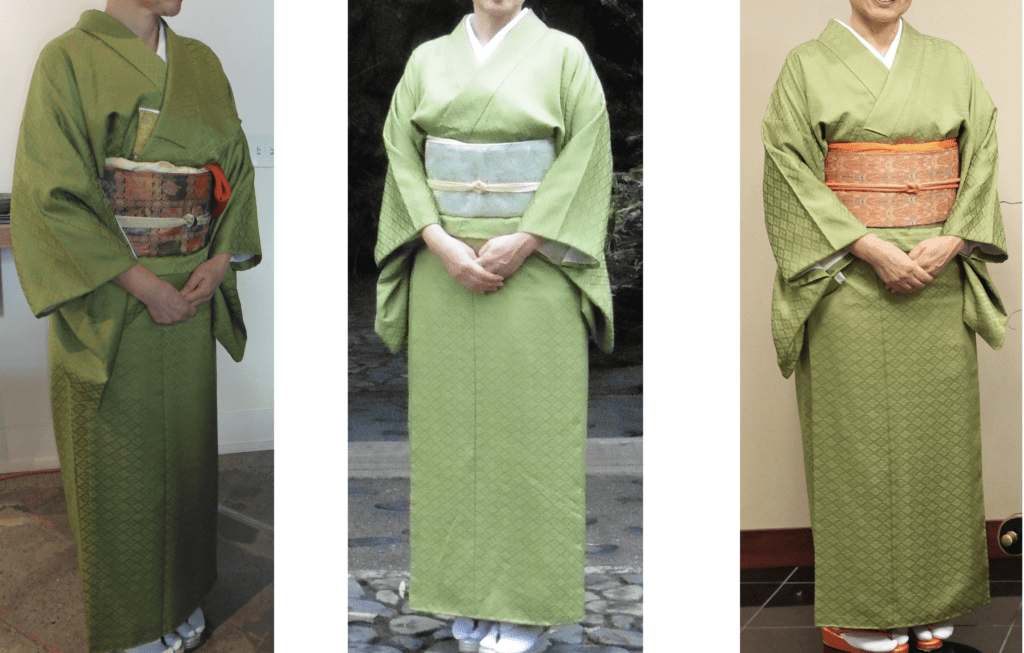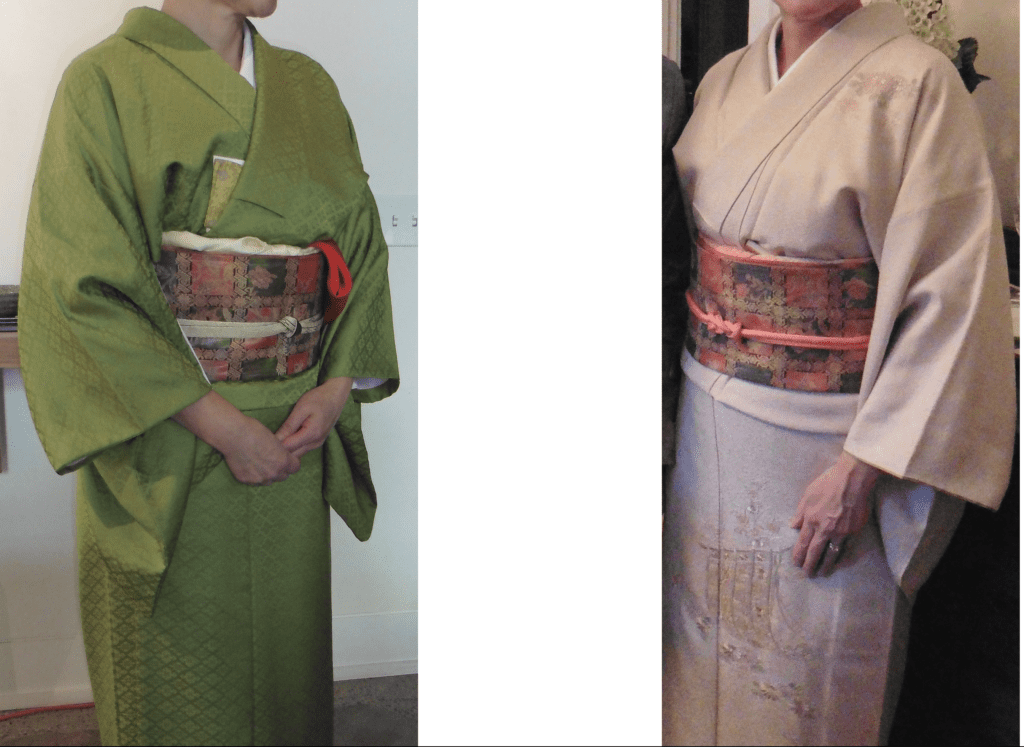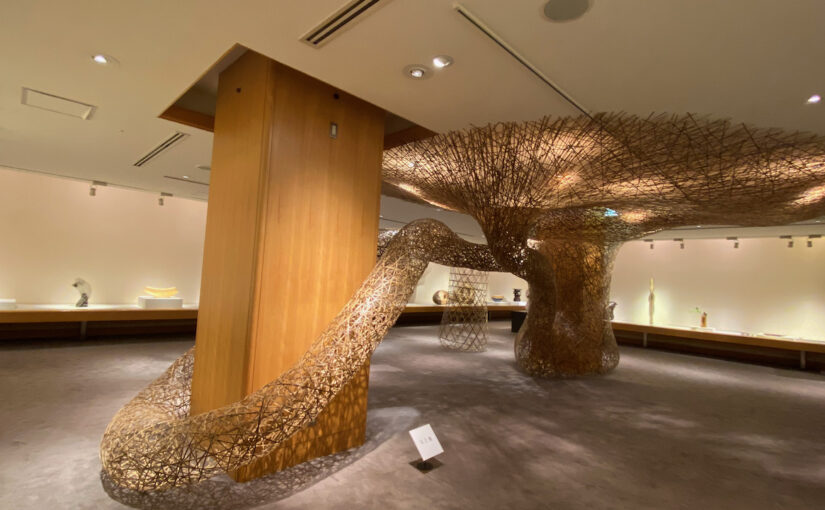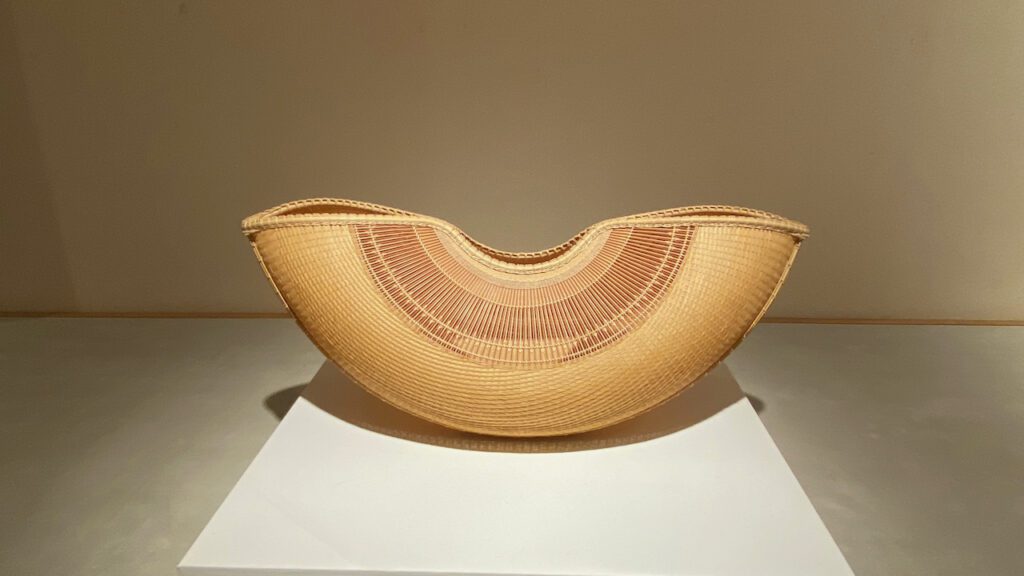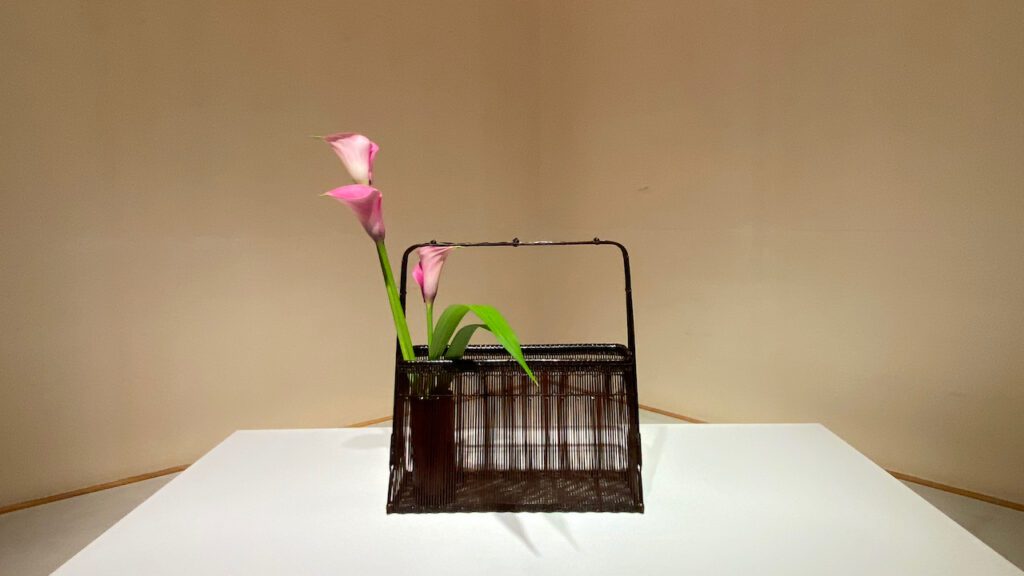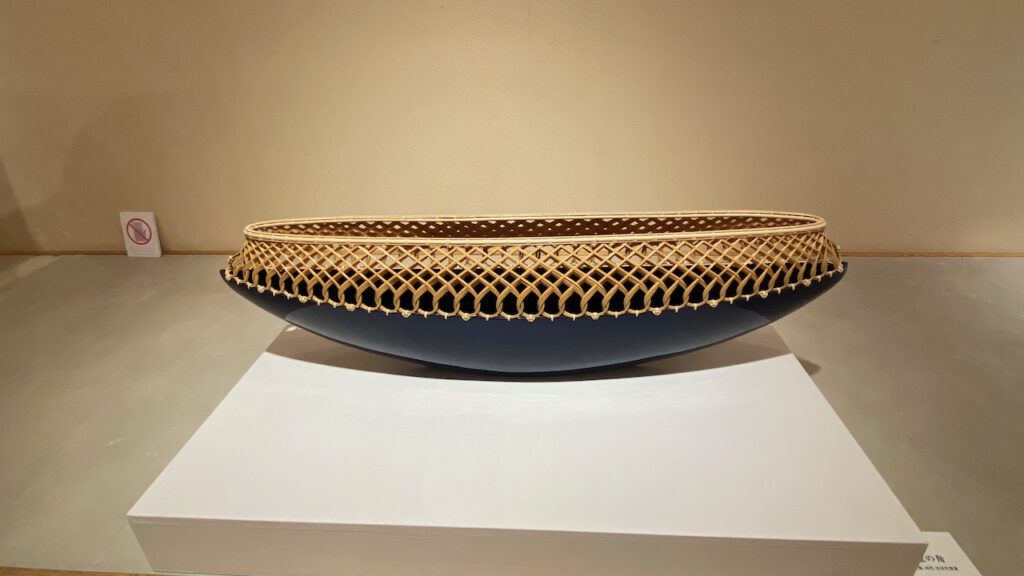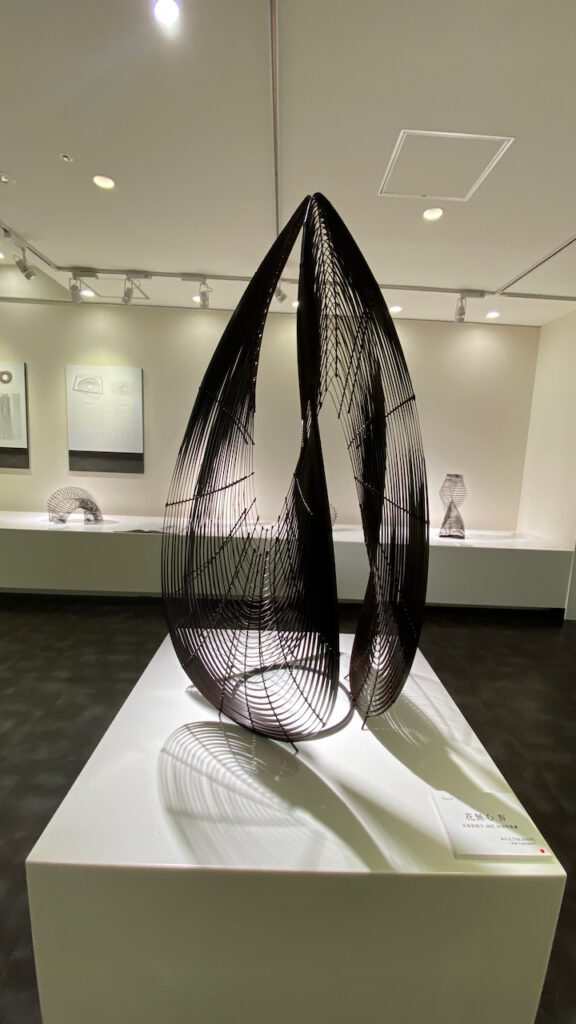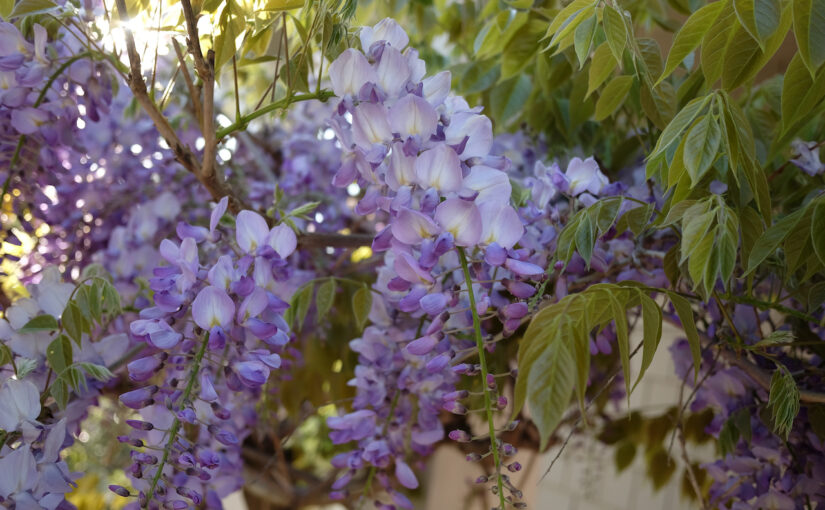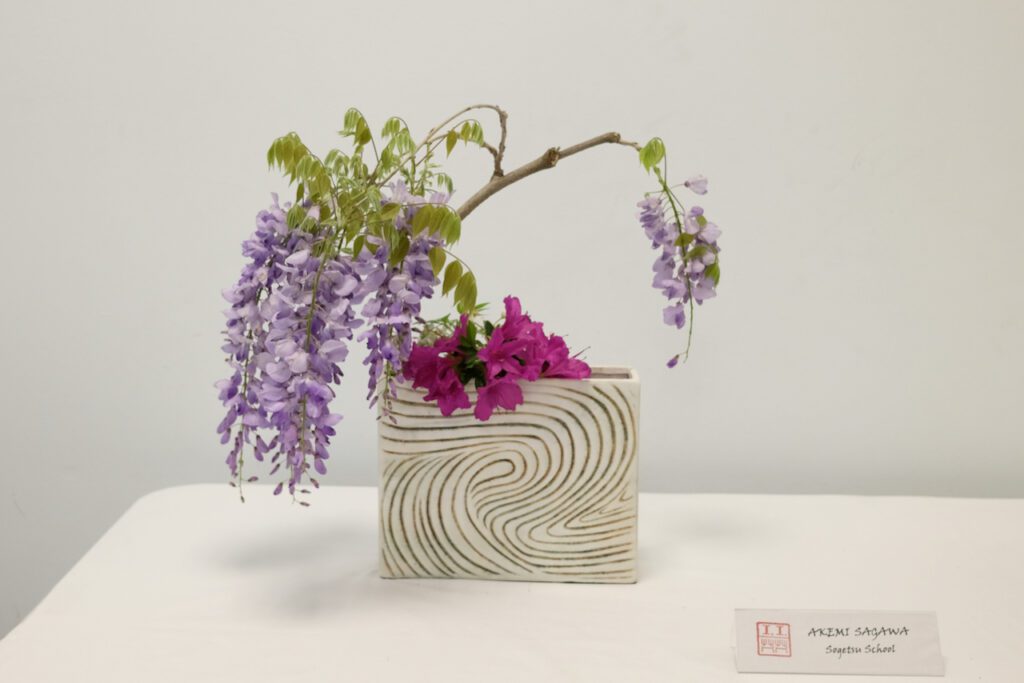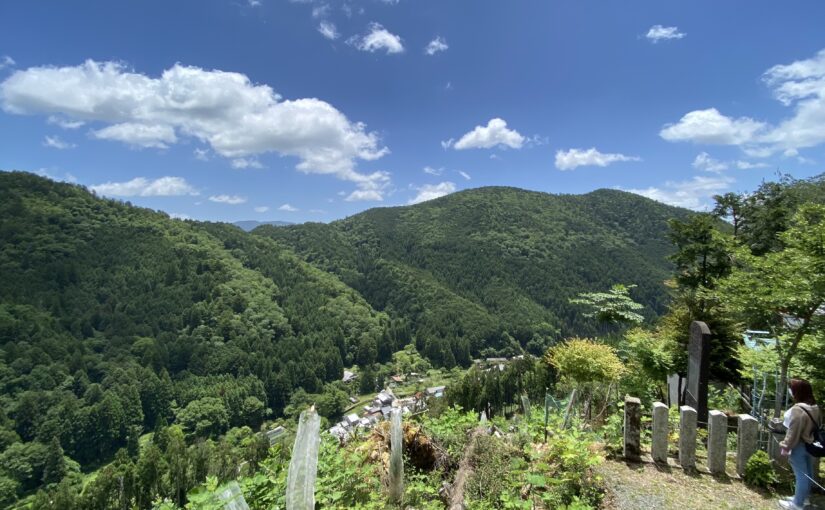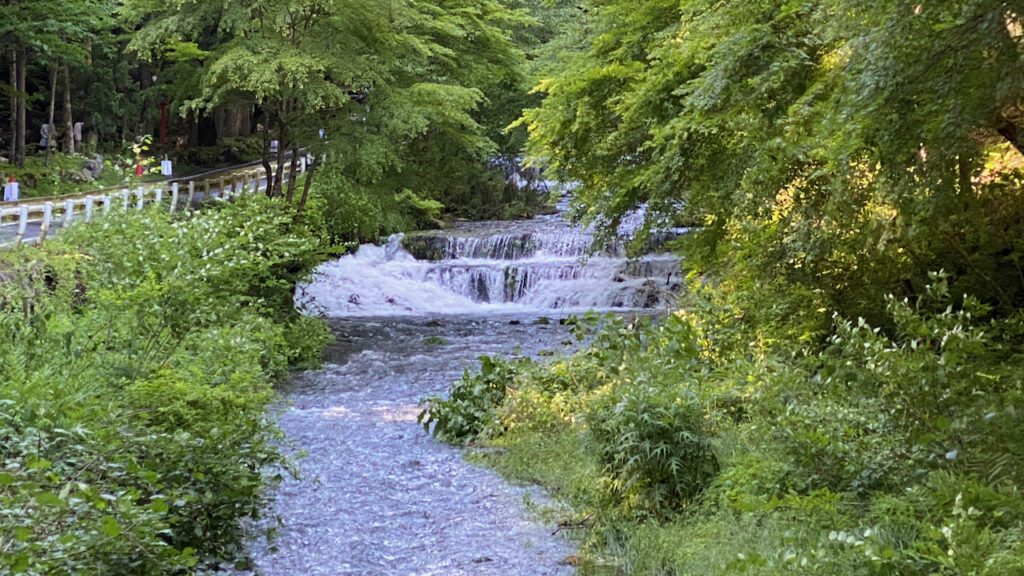Teaming up with Volunteer Park Conservatory
Volunteer Park is an oasis in a rather busy Capitol Hill neighborhood in Seattle.
In the 48-acre park overlooking Space Needle to the west, there stand two buildings that have a deep connection with Ikebana.
One is Seattle Asian Art Museum (SAAM). It has hosted Ikebana International (I.I.) Seattle Chapter #19’s annual exhibition for years. On a weekend in May, we I.I. members would display various Ikebana arrangements as well as perform Ikebana demonstrations at the auditorium. Members of I.I. would take turns demonstrating arrangements. When was the last time I took turns? The pandemic has halted our annual rituals, but hopefully we can return to this wonderful venue.
Another one is Conservatory. This unique building hosts so many tropical plants and flowers. And it’s a pleasure for us Mercer Island Sogetsu Group members to display Ikebana every fall.
This year we had a bonus opportunity at Conservatory… to celebrate SAAM’s 90th anniversary, Conservatory invited our group to display Ikebana arrangements this week!
Since Conservatory has abundant green foliages, they always supply us with green materials. We are to bring our own flowers.
The temperature inside the building is kept warmer to fit tropical plants. The exhibition lasts for a week, so I had to be careful in selecting flowers, to choose hardy ones.
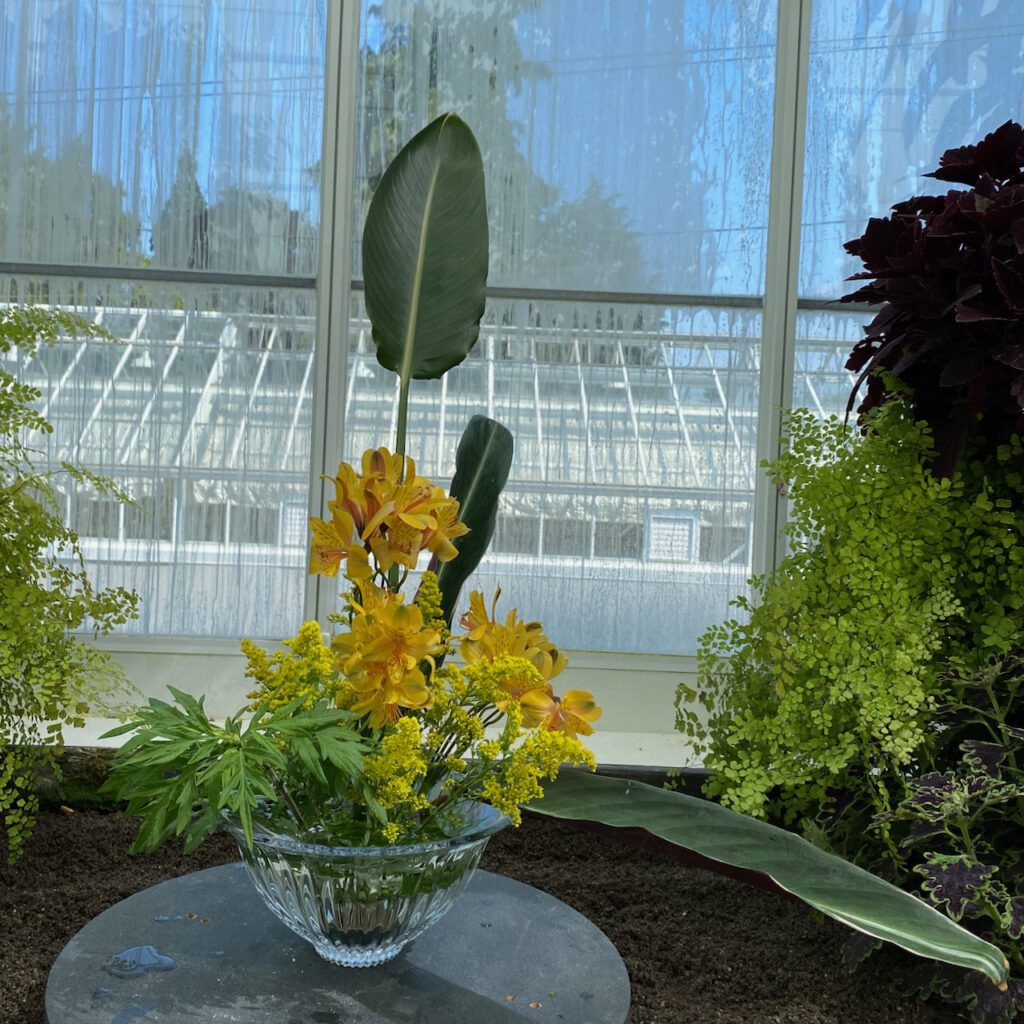
Alstroemeria is always a safe bet. This flower lasts long, normally longer than its leaves. When using this flower, I trim most of the leaves first. In order to create more volume, I sometimes weave the stems to make a cluster of flowers.
I chose bright yellow alstroemeria for this arrangement to create a high contrast with the shiny, wide-green foliage of tropical plants. To give it a soft image, I added solidago flowers, also taking out most of the little leaves. In the front I placed lacy foliage of mugwort.
Another simplistic arrangement. Another simple joy of Ikebana. Congratulations, SAAM!
